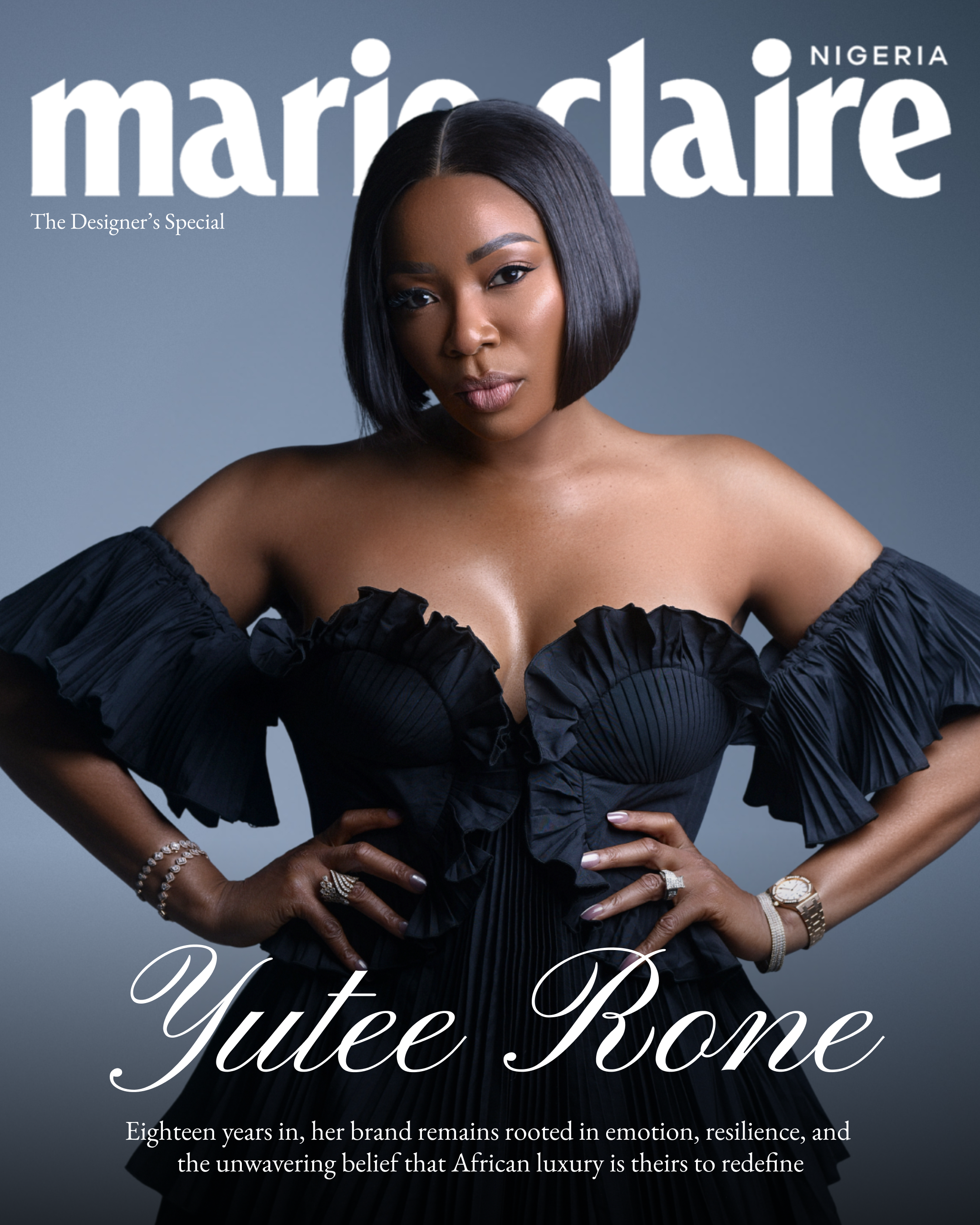What do Beyoncé, Solange, and Naomi Campbell have in common? They’ve all rocked designs inspired by Xhosa beadwork, turning heads and making fashion headlines. Welcome to the world of Xhosa beadwork, where centuries-old craftsmanship collides with contemporary style. This dazzling art form, rooted in the rich cultural tapestry of the Xhosa people of South Africa, is loved by celebrities and fashion enthusiasts alike for its vibrant beauty and deep cultural significance.
A glimpse into the history of Xhosa Beadwork
The Xhosa people, primarily residing in the Eastern Cape Province of South Africa, have a long-standing tradition of beadwork that dates back centuries. Initially, beads were made from natural materials such as bones, shells, and seeds. With the arrival of European traders in the 19th century, glass beads became more accessible and began to dominate Xhosa beadwork.
The language of beads
Did you know that each bead colour in Xhosa beadwork tells a story? Xhosa beadwork is more than mere decoration; it serves as a medium of communication and a marker of identity. Each colour and pattern in the beadwork holds specific meanings:
- White: Purity and spirituality
- Red: Strong emotion and passion
- Black: Illumination and awareness
- Blue: Wisdom and harmony
- Yellow: Wealth and fertility
What they are used for
These beads are often used to create elaborate necklaces, bracelets, belts, and headdresses that are worn during significant cultural ceremonies such as weddings, initiations, and traditional dances. Beadwork patterns can denote social status, clan affiliation, and stages of life, making them a crucial part of Xhosa heritage.
Craftsmanship passed down
Creating Xhosa beadwork is no walk in the park. The art of Xhosa beadwork is traditionally passed down through generations, with techniques taught from elders to the younger members of the community. The process is labour-intensive, involving the threading of tiny glass beads onto string or wire to create detailed patterns. These patterns are often geometric and symmetrical, reflecting the mathematical precision and artistic skill of the artisans.
Modern influence and adaptation
In contemporary fashion, Xhosa beadwork has gained international recognition and influence. Several designers are leading the charge, incorporating this traditional art into their modern creations:
Laduma Ngxokolo
Founder of MaXhosa by Laduma, Ngxokolo blends traditional Xhosa aesthetics with modern fashion. His knitwear, incorporating beadwork patterns, has dazzled audiences at international fashion weeks, earning acclaim for its unique blend of tradition and modernity.
Sindiso Khumalo
This Cape Town-based designer draws heavily from African art and culture, including Xhosa beadwork, in her vibrant, sustainable collections. Her work often features bold prints and bead-inspired motifs, reflecting a deep connection to her heritage.
Lukhanyo Mdingi
Known for his minimalist and sophisticated approach, Mdingi incorporates Xhosa beadwork elements into his designs, creating pieces that are both contemporary and rooted in tradition. His collections have received international praise for their elegance and cultural depth.
Rich Mnisi
A rising star in the South African fashion scene, Mnisi frequently incorporates traditional Xhosa beadwork into his bold and eclectic designs. His work celebrates African heritage while pushing the boundaries of contemporary fashion.
Other designers and brands have also embraced this statement craft piece, celebrating its vibrant colours and detailed designs. This fusion of traditional craftsmanship with contemporary fashion not only elevates the beads to new heights but also fosters cultural appreciation and preservation.
Economic and social impact
The resurgence of interest in this type of beadwork has had positive economic and social impacts on local communities. By creating market opportunities for artisans, the craft provides a sustainable source of income and promotes cultural pride. Initiatives and collaborations between designers and artisans help ensure that the craft remains vibrant and continues to be passed down through generations.
These pieces stands as a testament to the rich cultural heritage and artistic ingenuity of the Xhosa people. Its influence on modern design highlights the timeless beauty and cultural depth of this traditional art form. As contemporary designers continue to draw inspiration from Xhosa beadwork, they not only celebrate its aesthetic appeal but also contribute to the preservation and appreciation of a significant cultural legacy.
By bridging the gap between tradition and modernity, Xhosa beadwork exemplifies how cultural heritage can inspire and enrich global fashion, creating a dialogue that honours the past while looking forward to the future.


